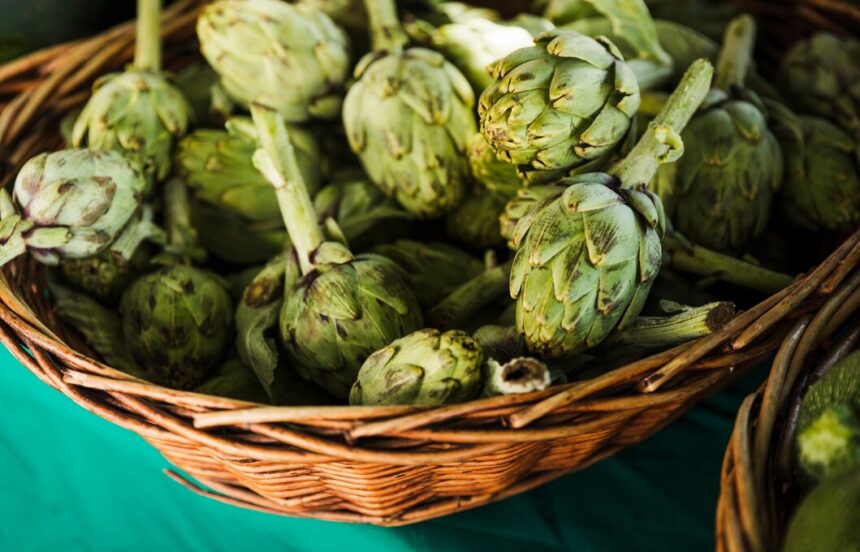Artichokes are prized for their tender hearts and unique flavor, making them a favorite in many culinary dishes. However, like all plants, they are susceptible to diseases that can affect their growth and quality. One such disease is Botrytis rot, caused by the fungus Botrytis cinerea. Here are ten early signs to watch out for if you suspect your artichokes might be affected by Botrytis rot:
- Gray Mold: The first visible sign of Botrytis rot is often a grayish mold that develops on the outer leaves of the artichoke. This mold can quickly spread to other parts of the plant if left unchecked.
- Water-Soaked Spots: Infected artichokes may exhibit small, water-soaked spots on their leaves and stems. These spots can appear dark and may feel soft to the touch.
- Fuzzy Growth: As the disease progresses, you might notice a fuzzy or velvety growth on the affected parts of the artichoke. This growth is usually gray or brown in color.
- Leaf Lesions: Botrytis rot can cause lesions or irregular spots on the leaves of the artichoke. These lesions often have a water-soaked appearance and may turn brown or black over time.
- Wilting Leaves: Infected artichokes may show signs of wilting or drooping leaves, even if they are adequately watered. This wilting is due to the fungus attacking the plant tissues.
- Stunted Growth: Artichokes affected by Botrytis rot may experience stunted growth compared to healthy plants. This is because the fungus disrupts the plant’s ability to absorb nutrients and water.
- Rotted Hearts: Upon harvesting, infected artichokes may reveal rotten or decayed hearts. These hearts can appear discolored, mushy, and emit a foul odor.
- Reduced Yield: Plants suffering from Botrytis rot often produce fewer artichokes than healthy plants. The quality of the artichokes that do develop may also be compromised.
- Increased Susceptibility to Other Diseases: Botrytis rot weakens the plant’s immune system, making it more vulnerable to other diseases and pests.
- Environmental Factors: Humid and cool conditions favor the development of Botrytis rot. Therefore, if your artichokes are grown in such an environment, they may be more susceptible to this disease.
Preventive Measures
To prevent Botrytis rot from affecting your artichokes, consider implementing these preventive measures:
- Proper Air Circulation: Ensure good air circulation around the plants by spacing them adequately and avoiding overcrowding.
- Reduce Humidity: Minimize humidity levels around the artichokes, especially during periods of cool weather or rain, which are conducive to fungal growth.
- Sanitation: Remove and destroy any infected plant parts promptly to prevent the spread of the disease to healthy plants.
- Avoid Overhead Watering: Water the artichokes at the base to keep foliage dry, as wet leaves can promote fungal growth.
- Healthy Soil: Maintain healthy soil conditions by adding organic matter and ensuring proper drainage.
By staying vigilant and taking these preventive measures, you can help protect your artichokes from Botrytis rot and ensure a healthy harvest of this delicious vegetable.
Join 'Farmers Mag' WhatsApp Channel
Get the latest Farming news and tips delivered straight to your WhatsApp
CLICK HERE TO JOIN






